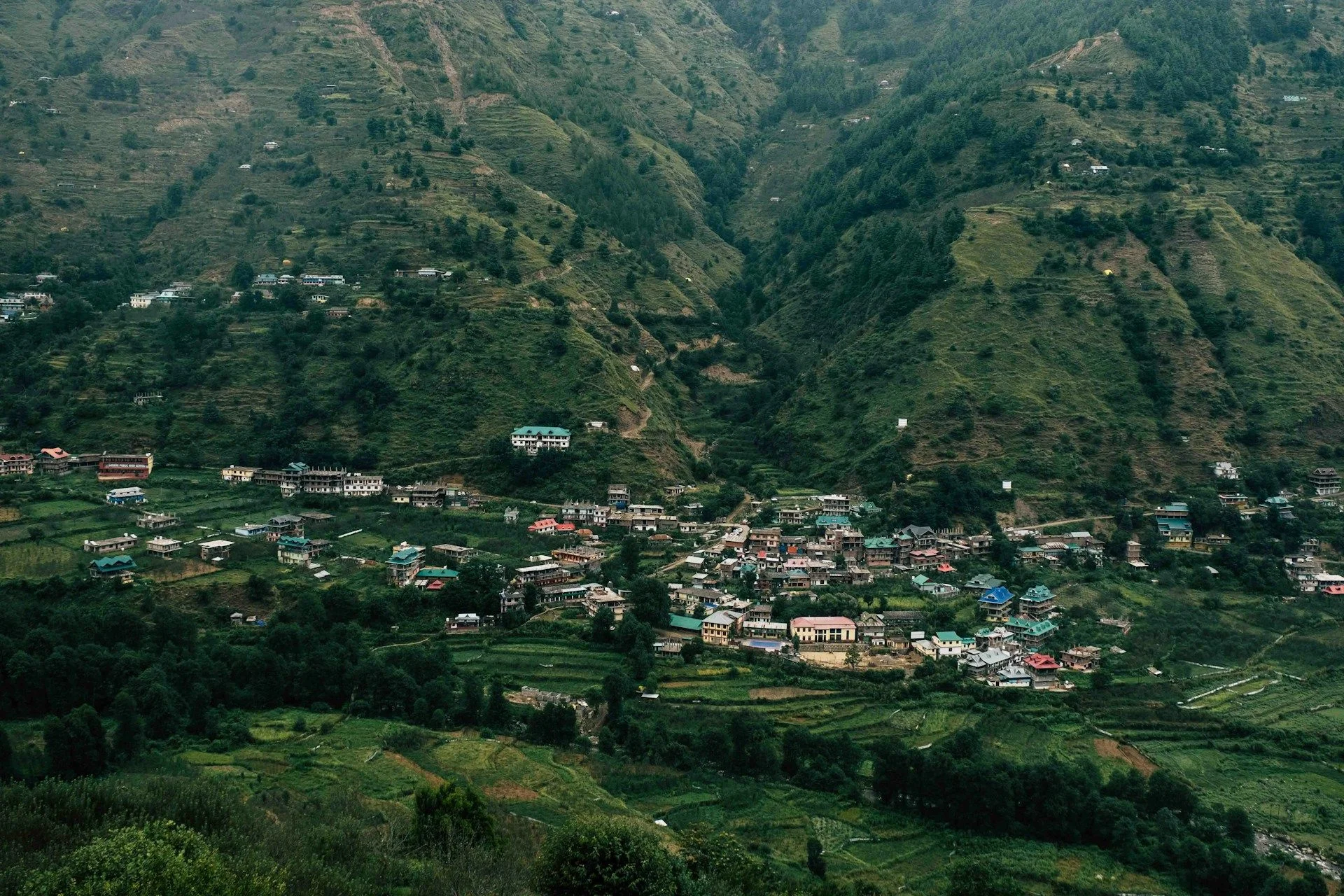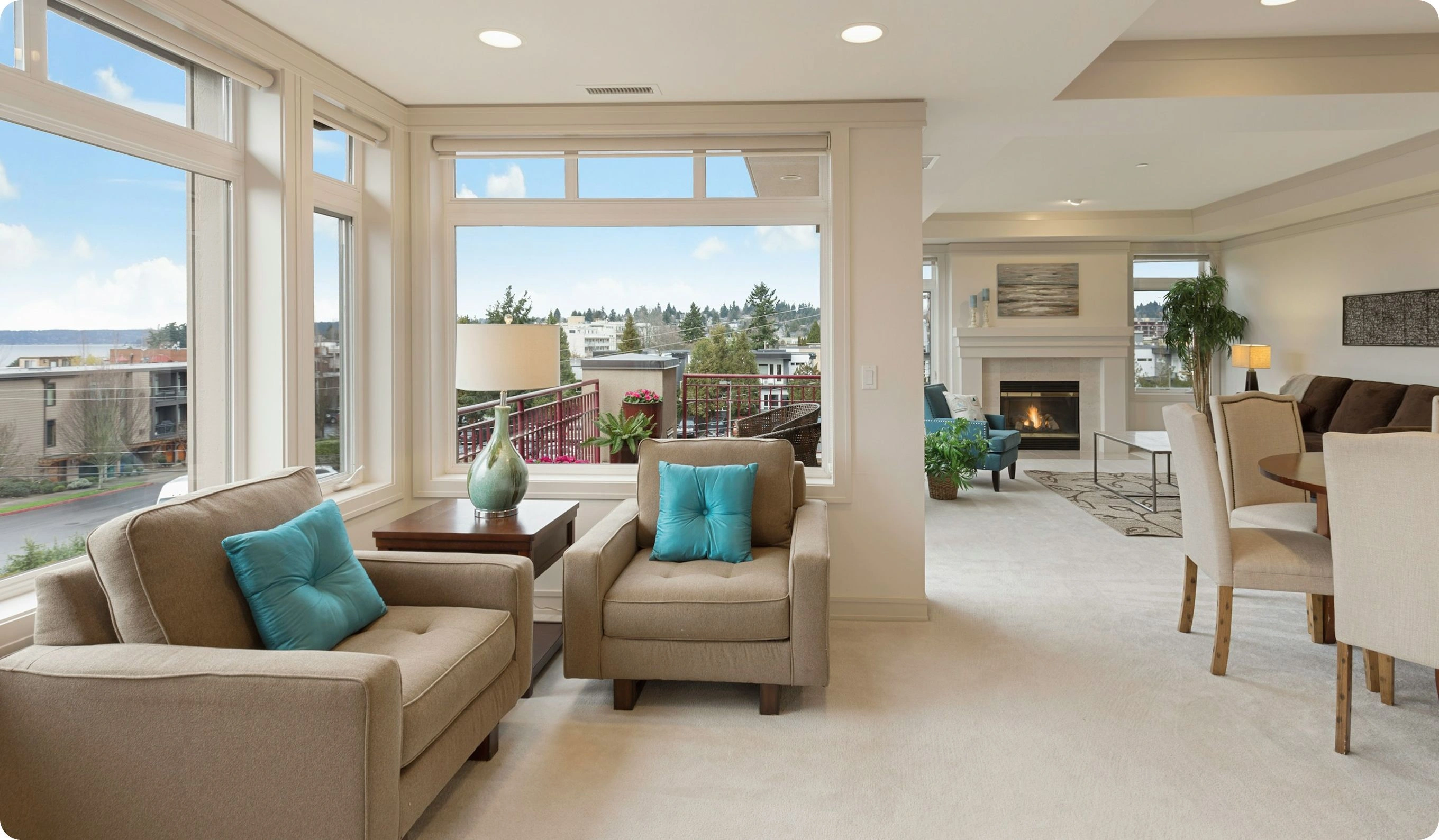Affordable Secondary Real Estate in QuetzaltenangoHighland city with colonialsquares and markets

Beste Angebote
in Quetzaltenango
Benefits of investment in
Guatemala real estate

Guide for real estate
investors in Guatemala
read here
Hidden gem with scenic investment zones
Locations like Antigua and Lake Atitlán combine natural beauty with growing foreign buyer interest.
Accessible pricing with rental demand
Well-priced homes attract expats, nomads, and long-term travelers seeking seasonal or full-time stays.
Full ownership and low entry barriers
Foreigners can directly own titled real estate, with a relatively simple purchase process.
Hidden gem with scenic investment zones
Locations like Antigua and Lake Atitlán combine natural beauty with growing foreign buyer interest.
Accessible pricing with rental demand
Well-priced homes attract expats, nomads, and long-term travelers seeking seasonal or full-time stays.
Full ownership and low entry barriers
Foreigners can directly own titled real estate, with a relatively simple purchase process.

Nützliche Artikel
und Empfehlungen von Experten
Why Secondary Real Estate in Quetzaltenango Delivers High Value for International Buyers
Quetzaltenango—commonly called Xela—is Guatemala’s second-largest city, nestled at 2,330 meters above sea level in the western highlands. For English-speaking investors—from expatriate educators and NGO professionals to retirees seeking temperate climates—secondary real estate in Quetzaltenango presents an exceptional combination of affordability, stable rental demand, and cultural richness. Resale homes and apartments in established neighborhoods trade 20–35% below equivalent new-build costs, granting turnkey entry into furnished colonial-style casas, modern condominiums, and mountain-view villas. With clear title registration under Guatemala’s civil-law system, moderate closing costs, and year-round tourism driven by language schools and hiking expeditions to nearby volcanoes, Quetzaltenango’s resale market offers immediate cash flow and long-term appreciation potential.
Neighborhood Highlights and Tenant Profiles
In Zona 3, the historic core, investors find two- and three-bedroom colonial homes with high ceilings, original hardwood floors, and inner courtyards. Many of these resale properties have been sympathetically restored—integrating modern kitchens and secure perimeter walls—yet retain period charm that appeals to short-term rental guests attending Spanish immersion programs at local academies. Gross yields on nightly stays average 7–9 percent during peak seasons such as Semana Santa and the annual Feria de Independencia.
A short drive uphill, Colonia El Maestro offers mid-century apartment blocks with panoramic views of the city and surrounding volcanoes. Furnished units here attract long-stay tenants: expatriate teachers at the Mesoamerican School, NGO staff working in nearby development projects, and digital nomads drawn by coworking spaces in Zona 1. Rental yields on annual leases range from 5 to 7 percent, fueled by stable demand from professional tenants prioritizing proximity to international schools, hospitals, and municipal offices.
Further west, the residential enclave of Las Rosas features gated-community townhouses and modern villas clustered around landscaped communal gardens. Resale villas here trade at discounts relative to primary developments, yet buyers immediately benefit from reliable maintenance services, high-speed fiber internet, and private parking. Long-term tenants—often growing local families and returning diaspora—favor these secure, amenity-rich properties, delivering consistent occupancy above 90 percent and yields between 6 and 8 percent.
Legal, Tax, and Financing Essentials for Foreign Investors
Purchasing secondary real estate in Quetzaltenango follows Guatemala’s transparent civil-law procedures. Non-resident buyers require a passport, a local tax identification number (NIT), and the assistance of a bilingual attorney to perform a cadastral title search. Closing costs—including transfer tax of 1.5 percent, notary fees, and registration charges—total approximately 3 to 4 percent of the sale price, significantly lower than many regional capitals. Annual property tax rates average 0.8 percent of assessed value, with modest municipal fees for waste collection and street lighting.
Key considerations include:
Transfer Tax and Notary Fees: A flat 1.5 percent of declared value plus 1 to 2 percent in notary and administrative fees, making secondary real estate in Quetzaltenango cost-effective for buy-to-let investors.
Capital Gains and Inheritance: A 10 percent capital gains tax applies to properties held under two years, but this tax is waived entirely for resale holdings beyond that period; inheritance tax does not apply, preserving equity for heirs.
Financing Options: Local banks such as Banco Industrial and Banco G&T Continental offer mortgage products to qualified non-residents with down payments starting at 30 percent and interest rates around 8 to 10 percent APR. Many overseas buyers leverage home-equity lines or bridge loans from international banks to address quetzal currency volatility and liquidity needs.
Due Diligence: Engaging a licensed real estate broker and attorney ensures confirmation of homeowners’ association reserves in condominium projects, verification of construction permits—critical in zones with active seismic regulations—and compliance with anti-money-laundering statutes. Professional building inspections in older casas are essential to uncover structural issues—foundation settling or roof leaks—that can be negotiated into renovation credits.
Quetzaltenango’s transport infrastructure underpins its investment case. The Transmetro highland bus network connects the city center with emerging suburbs in under fifteen minutes, boosting resale premiums for properties within walking distance of dedicated stops. The CA-1 Pan-American Highway extension links Xela directly to Guatemala City in under four hours by road, enhancing demand for short-term rentals among conference attendees and retirees accessing health facilities in the capital. Planned upgrades to the local airstrip—introducing small-craft flights to Antigua and Flores—promise to shorten travel times and further stimulate tourism-driven rental demand.
Language-school operators drive year-round occupancy in centrally located resale apartments: students enroll in six- to twelve-week courses, providing consistent revenue streams for guest-house conversions. NGO personnel working on rural-development projects in the highlands seek furnished villas in Las Rosas and El Maestro, ensuring stable annual occupancy. Local property managers handle multilingual guest communications, housekeeping, and maintenance scheduling, enabling international owners to enjoy largely passive income streams with transparent financial reporting.
Emerging value-add pockets include the neighborhood of La Esperanza—once an agricultural periphery now witnessing infill townhouse developments. Early buyers of resale townhomes here can modernize communal spaces, install gated security, and market units to extended-stay researchers at nearby universities, achieving blended yields over 8 percent. Similarly, properties bordering the Minerva shopping district—where new retail outlets and cinemas draw crowds—offer the opportunity to convert upper-floor resale flats into serviced apartments at premium rates.
In summary, secondary real estate in Quetzaltenango combines highland allure, cultural vitality, and cost-efficient entry points for global investors. From restored colonial homes in Zona 3 to modern apartments above the city in El Maestro and gated villas in Las Rosas, resale properties offer immediate occupancy, proven rental demand, and clear legal frameworks. By aligning acquisitions with transport enhancements, leveraging favorable tax treatments, and focusing on neighborhoods tailored to language students, NGO staff, and retiring professionals, overseas buyers can secure both lifestyle satisfaction and robust investment returns in Guatemala’s most dynamic highland city.